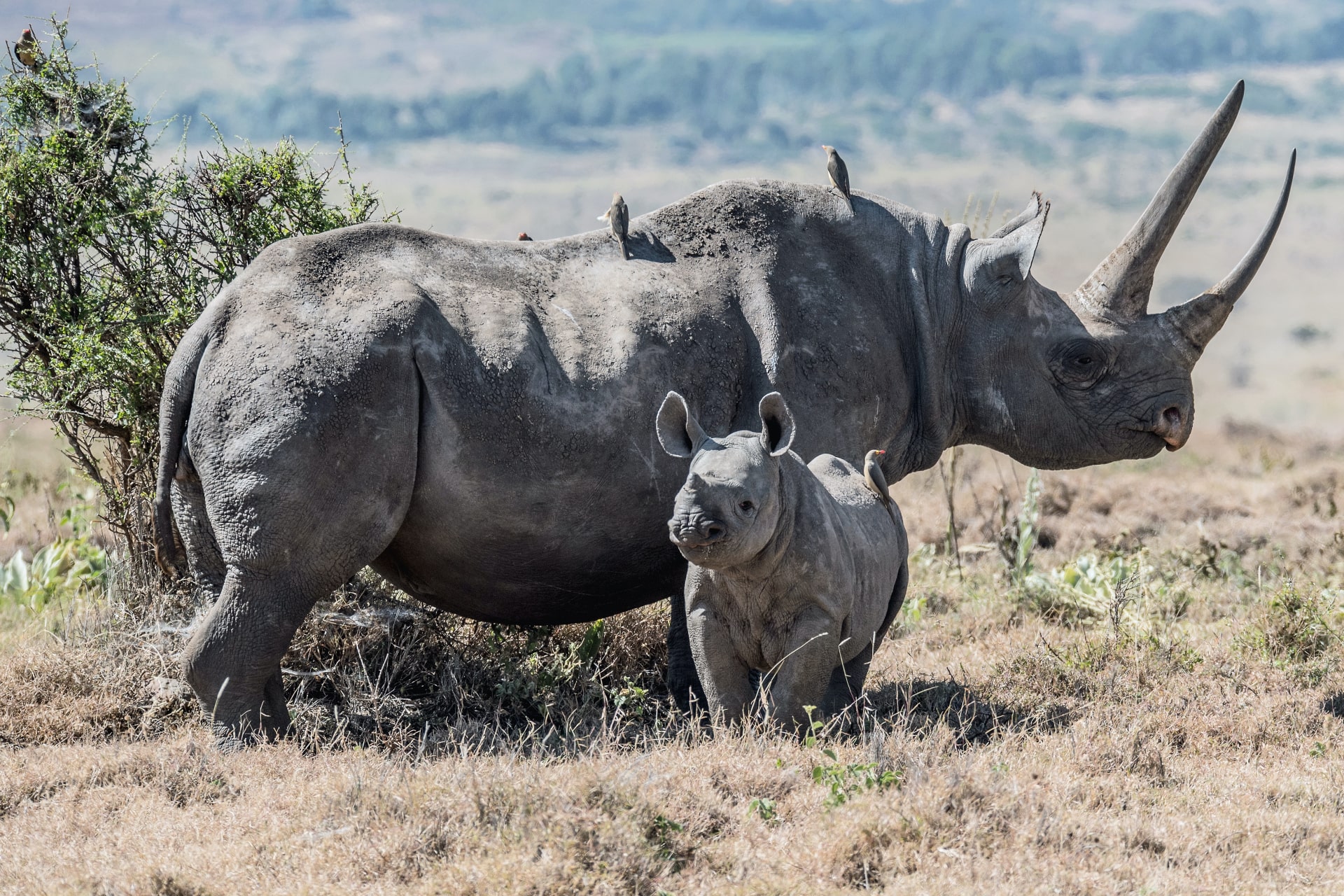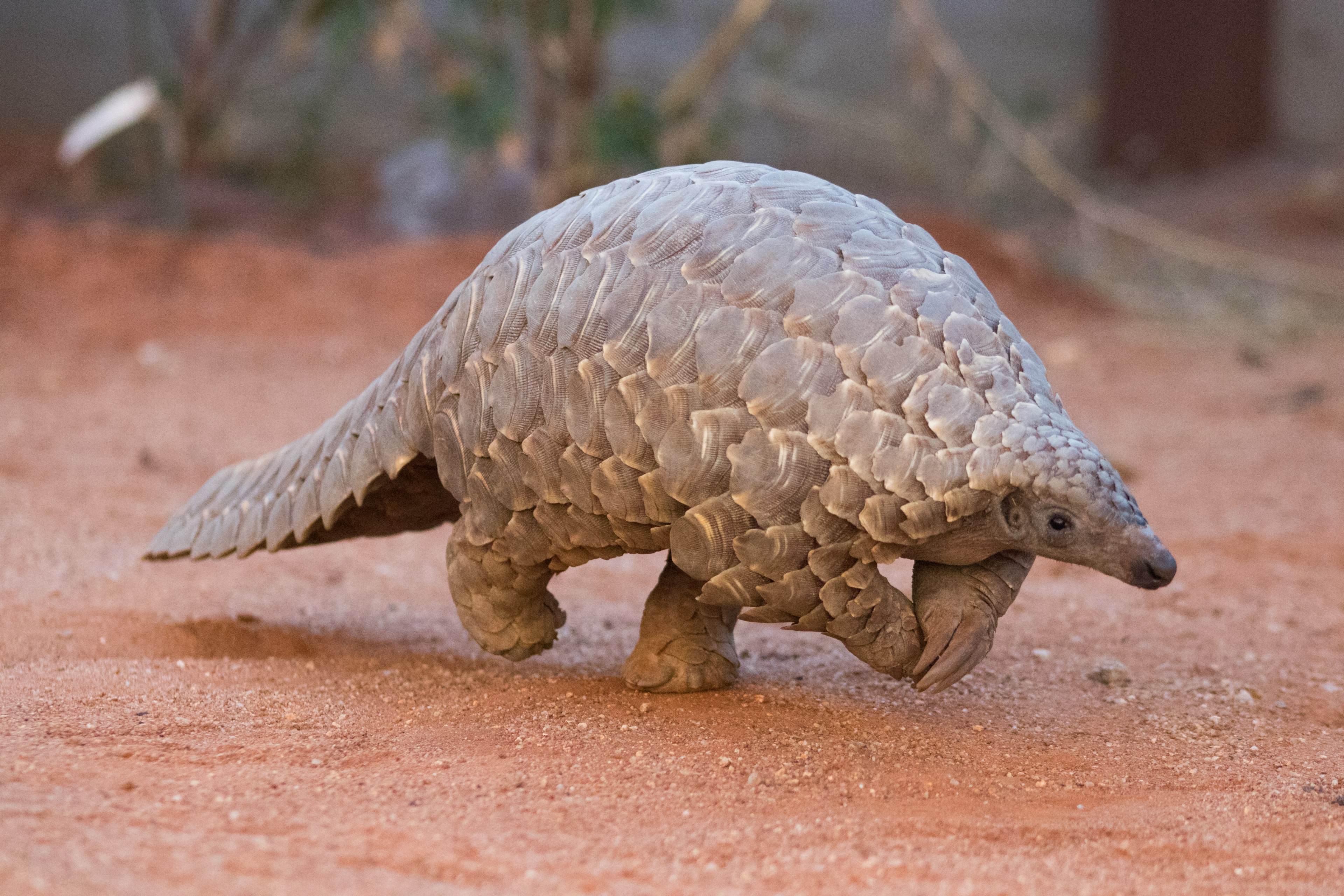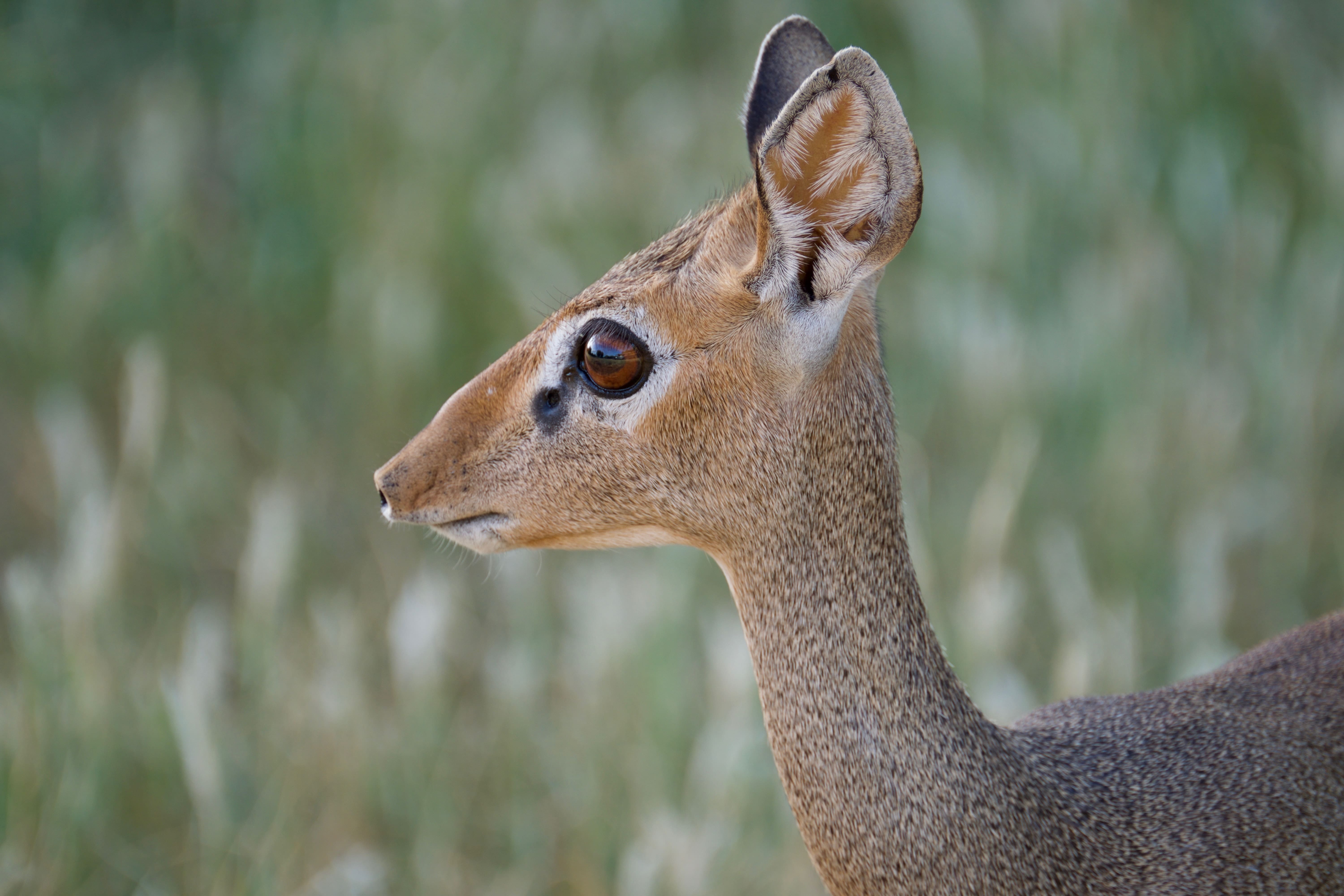
We exist to help animals thrive in their own habitats
About Us Our EventsCRASH relies on the support of our donors, sponsors, and partners. A sponsor is any individual, group or company that supports our projects financially or in other ways such as advertising for us. Partnership organizations are groups we work with on a personal level that assist us to further our mission to research, rehabilitate, rescue, and educate. This is through a variety of ways including sharing knowledge, offering discounted rates, collaboration of projects, and more. For more info on becoming a sponsor or a partner, or to learn more about donating, visit our donate page. For more information about our sponsors and partners, select their logo above.
At CRASH we work hard to raise both awareness and funds for our causes. We do this in a number of ways from events, to fundraisers, auctions, merchandise sales, and much more! We hope you'll want to learn more and join us. To check out current events, visit our events page.
Unfortunately due to their cute and cuddly appearance, and being misunderstood by humans, meerkat babies (called pups) are often found and “nurtured” or turned into tourist attractions by local families and businesses who happen across them. When humans remove these fluffy little babies from their clan, they grow up without learning how to be meerkats and survive in the wild. Because meerkat clans are so close and tight-knit, they are not readily accepting of new meerkats, even if that meerkat may have been a baby who was previously removed from their clan, and will attack or even kill any new-comer in their territory. So what’s a baby to do who can’t survive on their own and whose family won’t take them back? That’s where devoted groups like us step in to care for these animals!
Just like in the human world, humans and lions need mediators too! This King of the Jungle - or rather King of the Bush- often finds him or herself at odds with local sheep and goat farmers while out looking for a tasty meal. At CRASH we're currently working on a partnership with a Namibian research group to coordinate human-lion conflict resolution. This awesome team works to track lions as they move about in the wild and alert local farmers when lions get close to their farms. This allows the farmers a chance to redirect their livestock, saving their animals and avoiding potential lion deaths. We think that is great and can’t wait to get involved!
We plan to conduct research on these rhinos and ensure proper handling and protocols are in place to ensure the safety of these species. We also hope to be a safe haven for any rhinos in need of rehabilitation, and be a source of information for all those seeking to learn more on their plight! Part of the work done by our fabulous canine anti-poaching unit includes finding evidence of poachers in the area that may be seeking out rhinos to remove their highly valued horns. Sadly, poachers often choose to kill rhinos to make it easier for them to harvest their horns. This results in an unnecessary loss of life, especially since growing horns for rhinos is the equivalent of a human growing fingernails (and they’re even made out of the same material, keratin)!
We are working to start a research initiative on both of these species of vultures. Vultures play an enormous role in maintaining a healthy ecosystem in Africa (and all places in general). But due to their scavenging nature, they quickly draw attention to animal carcasses. Within ten minutes of a poacher killing an animal, a “kettle” of vultures can be seen circling overhead the remains - basically a big flashing wildlife warning sign indicating there are poachers nearby. As a result, poachers will sometimes poison the remains of whatever creature they have just killed so they can get away before someone catches them! We hope to help many poisoned vultures that are in desperate need of rehabilitation so they can keep calm and carrion! Fun fact: Many species of vulture are immune to a lot of diseases that affect both animals and people; this means that they are preventing the spread of disease simply by doing what they do best - eating!
Giraffes are a vulnerable species all across southern Africa. They are often poached in excess for their bush meat. This occasionally causes baby giraffes to be orphaned and in need of extra love and care. Giraffes tend to nurse until they are 8 months of age and typically leave their mothers at 12-18 months of age. Fun facts: Baby giraffes can be born up to 6 feet tall; for every foot of height they reach, they gain one inch of tongue; their tongues also have a dark blue-black coloration to keep them from getting sunburnt as they spend so much time outside of the giraffes’ mouths!
We are currently teaming up with a fantastic Namibian research group to conduct ground-breaking research on Ground Pangolins! We are also working with a German tech company to develop a GPS tracker to attach to pangolins that have been confiscated from illegal animal traders or found injured, so that they can be easily checked on after release and ensure they are thriving! While we are specifically working with Ground Pangolins - as they are the only species native to our region- we are excited about working to educate the general public and protect through conservation efforts all eight species of pangolins! Fun fact, pangolin scales have been historically regarded as a magical medicinal cure for a variety of ailments, when in reality their scales are made from the same material as your fingernails- nothing very magical about that!
Much like the lions, there tend to be major human-cheetah conflicts due to the fact that they have a natural affinity for livestock animals. Farms tend to be an easy target for cheetahs since all the livestock are congregated in one area and are seen as a guaranteed meal. We hope to expand the scope of the Namibian cheetah tracking so we can coordinate with local farmers when cheetahs are nearing their land. Additionally, we intend to care for cheetahs that have been confiscated from illegal pet trade, and cheetahs that may prove to be problem animals that are hazardous to their local area for a variety of reasons.
Contrary to popular knowledge, the elephant population in Namibia is so thick that the local ecosystem cannot sustain the current population. This local over-population causes a great deal of human-elephant conflict. Human encroachment has reduced their natural habitat and thus food source, causing elephants to starve to death in large numbers. In recent years the African droughts have been particularly severe, further reducing water and food supply. Lack of water has caused elephants to enact more destruction on local farmers’ wells and water supply in their attempt to locate water. Unfortunately, relocation is not a realistic solution to these densely populated elephants for several reasons: deeply instilled migratory patterns, cost of relocation, and herd distress. Researchers have found that elephants’ sensitive skin causes them to naturally shy away from bees. So in efforts to mitigate conflict between local herds and farms, farmers have been encouraged to construct beehives around particularly sensitive areas to prevent damage. This solution is a win-win situation because it helps encourage the growth of bee populations, encourages economic growth by producing honey for sale, and reduces conflict with humans and elephants.
We hope to conduct research and educate the general public on Dik Dik conservation. Interestingly enough, there is little research done on these fun-size antelopes. This is largely due to the fact that they are a particularly skittish species, and human encroachment has made them even more difficult to find. Dik Diks happen to be one of the few monogamous animals in the world - this means they mate and pair for life. This poses potential for conflict in the future as hunters tend to hunt males for their trophy horns, leaving a female without her mate and therefore unable to reproduce.








